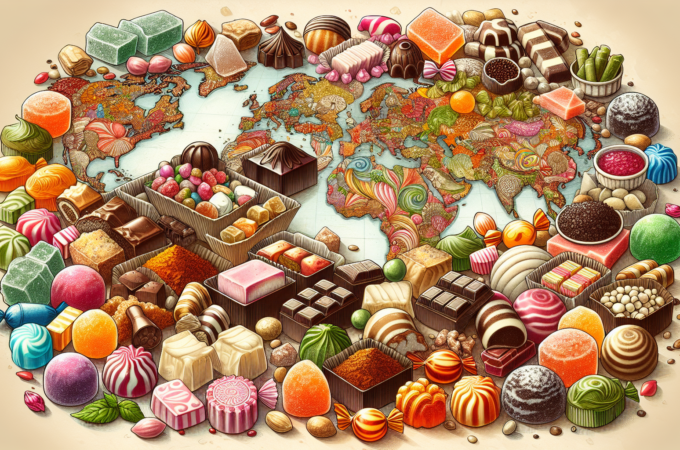
6 Benefits of Getting a Graphic Design Degree
When it comes to sciences and management, pursuing a degree seems like the obvious choice. For those interested in pursuing art and design, getting a degree is seen as optional. This is especially the case with those who want to make graphic designing their career, as there are plenty of online courses they can take to learn these skills. Even though having a degree is not necessary to become a graphic designer, it certainly has its benefits. We have listed a few to help you make a better decision:
1. Improves Employability
People often believe that there’s a lack of jobs available for those with art degrees. However, given the increase in digital marketing, demand for design experts has been soaring. You can look up graphic design jobs by Lensa to look through a number of relevant positions. As the competition is tough and the market is saturated, you need a degree to give you an upper hand in this regard.
Many employers prefer graphic designers that hold degrees over self-taught ones. A degree shows them that you are committed to the profession and have the skills to do a good job and overcome challenges.
2. Higher Income
It is possible to get a job without a degree, but if you want a higher income and better commissions, a degree will certainly help. It adds to your professional image, and the employer trusts that you have been adequately trained to handle real-world commercial projects. If you want to make graphic designing your full-time profession, a degree will definitely enhance your resume.
3. Better Training
Graphic design degree programs have well-thought-out curricula and are taught by professionals. They help you hone your skills to cater to modern design demands and challenges. Degree programs will extensively train you to become a professional and understand your client’s needs.
In contrast, by learning on your own, you will miss such opportunities and may turn mistakes into habits. The way to learn anything properly is by having at least one expert guide you actively. If you join a program, many instructors will give you advice and guidance that’s specifically relevant to your style.

4. Valuable Experience
Knowledge is of the highest value when you put it into practice. A well-planned graphic design program will constantly put your knowledge to the test through assignments and projects. You will have to display everything you have learned – all the techniques and design softwares. You will be tested in a way that aligns with the challenges and projects you will see in your career to ensure you’re ready for the professional world. This will contribute to your portfolio as well, further improving your resume.
5. Variety in Specialties
If you choose to specialize, there are many areas of graphic design you can go into, such as typography, 3D packaging, and illustration. This will enhance your demand as a freelancer, teach you niche-specific skills and software, and land you higher-paying jobs.
6. You Can Be Self Employed
You can always become a freelance designer if you do not want to work under someone else. This means flexible hours, setting your own prices, and remote work. However, this comes with the associated administrative responsibilities, such as keeping in touch with clients and doing taxes. You will also need to get a clientele, and if you have a graphic design degree, you will have the network and connections to build one yourself.
Endnote
Getting a professional graphic design degree has many perks and will prepare you better for the professional world. Since this profession is growing in popularity as it does not necessarily require a degree, there is a larger influx of graphic designers than ever before. You need to set yourself apart from the competition so that employers and clients notice you and your work more.




